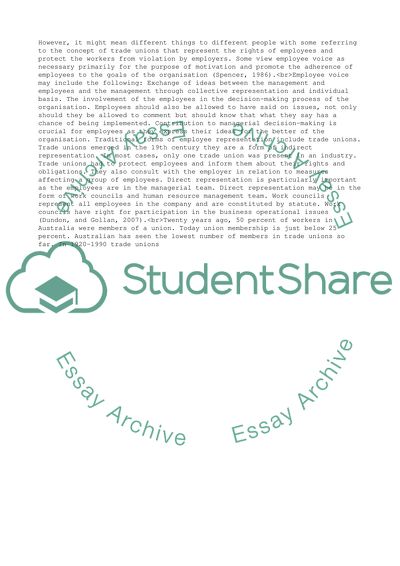Cite this document
(“Industrial Relations (Employee Relations) Essay”, n.d.)
Industrial Relations (Employee Relations) Essay. Retrieved from https://studentshare.org/management/1689252-industrial-relations-employee-relations
Industrial Relations (Employee Relations) Essay. Retrieved from https://studentshare.org/management/1689252-industrial-relations-employee-relations
(Industrial Relations (Employee Relations) Essay)
Industrial Relations (Employee Relations) Essay. https://studentshare.org/management/1689252-industrial-relations-employee-relations.
Industrial Relations (Employee Relations) Essay. https://studentshare.org/management/1689252-industrial-relations-employee-relations.
“Industrial Relations (Employee Relations) Essay”, n.d. https://studentshare.org/management/1689252-industrial-relations-employee-relations.


